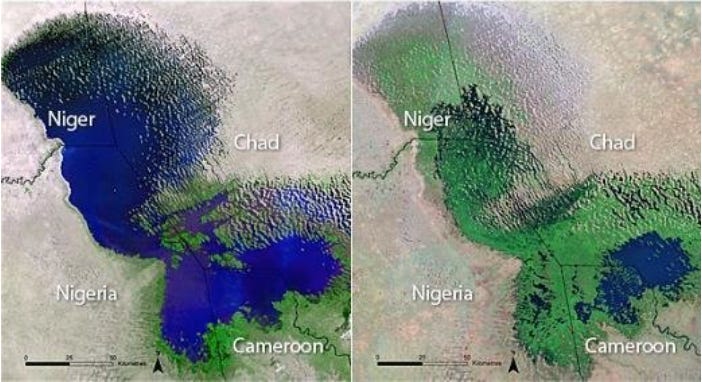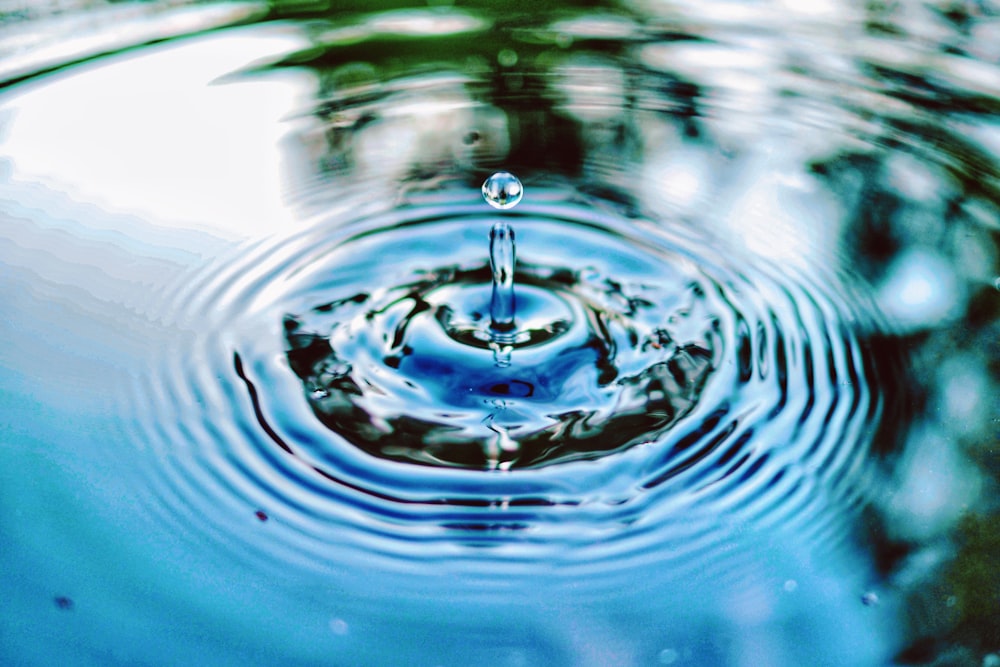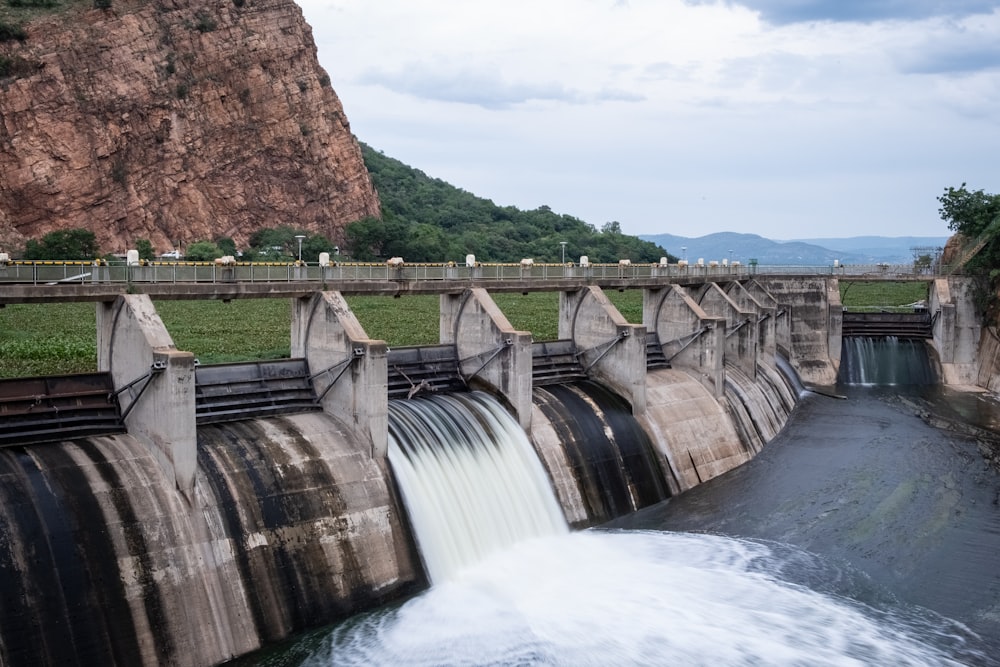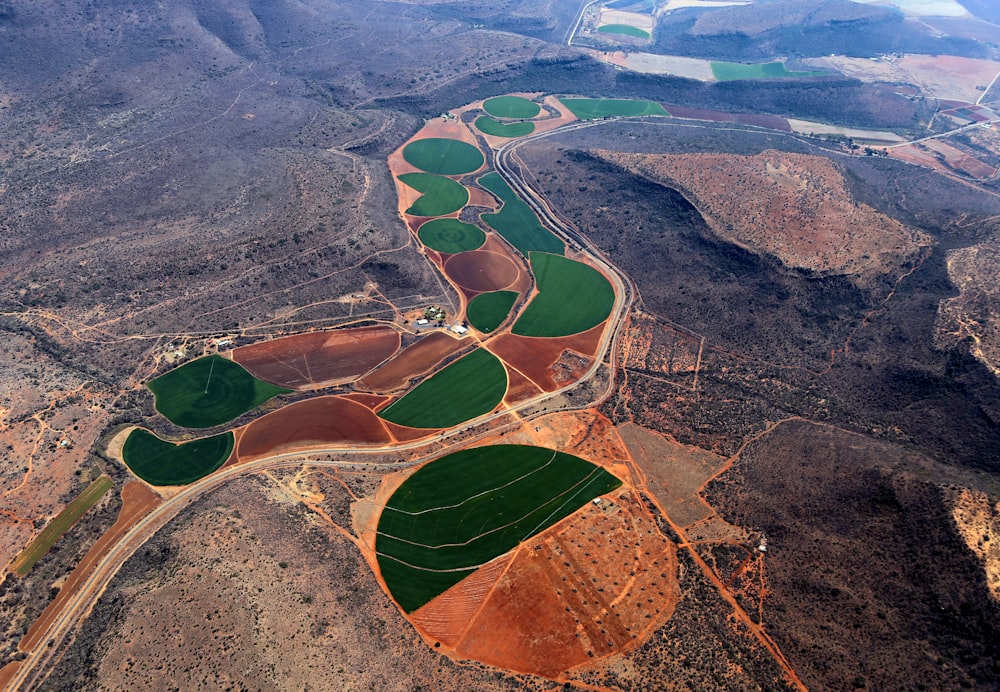Africa's Water Woes: Charting a Course to Resilience and Access
Context and Investment Insights - Exploring 9 Priority Areas for Climate Action
Hi all,
Water: There's hardly a facet of our daily lives that isn't touched by water. From drinking to agriculture and industry, water is always needed. It's essential for cooking, cleaning, growing our food, powering our industries, and much more.
It’s evident how critical resilient water systems are; they are the foundation of people’s health, communities and economies.
So without further ado, let's plunge into today's deep dive on this vital resource:
#7: Enhancing resilient water systems.
🕐 In a Hurry? Here's a 1-Minute Summary:
Africa's Water Situation: Africa faces significant water security challenges, with the lowest global levels of WASH access. About 31% of the population lacks basic drinking water services, and over 58% lack basic sanitation.
Climate Change and Overexploitation: These factors exacerbate water scarcity. Lake Chad, once Africa's largest freshwater body, has shrunk by 90% since the 1970s, mainly due to overextraction and mismanagement.
Impact on Health, Economy, and Society: The lack of clean water access has severe implications, including public health threats, economic strain on agriculture, and social burdens, particularly on women and children who spend considerable time collecting water.
Solutions for Resilient Water Systems: A unified approach involving infrastructure investment, rainwater harvesting, streamlined water management, water conservation and efficiency, and improved sanitation and wastewater treatment is critical for building resilience.
Investment Market and Opportunities: To achieve SDG 6 by 2030, Africa requires an estimated $35-50 billion annual investment. There’s positive momentum. Investment areas include water treatment, sanitation solutions, water-efficient agriculture, rainwater harvesting, and water management technology. Leading investors like Water Equity, Green Climate Fund and Incofin make significant contributions in this sector.
⏳ Ready for a Deeper Dive? Here's the Breakdown:
Context: Key facts and figures
(1) Africa’s water paradox: Abundant resources, but limited access
Despite its abundant natural water resources, Africa faces significant water security challenges. The continent records the world's lowest levels of Water, Sanitation, and Hygiene (WASH) access.
Alarmingly, about 31% of the population, over 400 million people, lack access to basic drinking water services, and more than 58%—nearly 800 million people—do not have basic sanitation services.
Water security in Africa varies greatly, ranging from critically insecure in regions like e.g., Ethiopia, Eritrea, and Madagascar, to insecure in countries such as the Democratic Republic of Congo, Kenya, and Tanzania (see map below).
This disparity extends to differences between urban and rural access; for instance, in Ethiopia, while 75% of the urban population has running water in their homes, only a mere 5% of the rural population enjoys this basic necessity.

(2) Complication: Climate change and overexploitation
Climate change and overexploitation are exacerbating water scarcity, further complicating the achievement of universal and resilient water access across Africa.
Climate change leads to more erratic rainfall patterns causing more floods and droughts. Coupled with higher evapotranspiration, this increases water scarcity.
At the same time, an increasing population and rapid urbanization increase the demand for water and leads to overexploitation.
Over the past 15 years, Nairobi's water demand has increased nearly fourfold.
To illustrate, consider the case of Lake Chad, once Africa's largest freshwater body. Since the 1970s, it has shrunk by a staggering 90% primarily due to excessive water withdrawals and mismanagement.

The consequences of these trends are far-reaching. They include not only increasing water scarcity but also a decline in water quality, exacerbated by poor governance practices.
(3) Far-reaching effects on people’s health, the economy and society.
Lack of reliable access to clean water has deep implications for the health, economic well-being, and society as a whole.
🏥 Health: Scarcity of clean drinking water is a threat to public health. People are forced to drink contaminated water, causing diseases that often prove fatal, particularly among children.
🌾 Economy: Water scarcity significantly impacts agriculture, which serves as a primary source of income for many in Sub-Saharan Africa. Overall, Sub-Saharan Africa loses an estimated 5% of its GDP annually due to water shortages or poor sanitation.
👥 Society: The burden of water collection disproportionately falls on women and children, diverting their time and energy away from productive work or education. Every year around 40 billion hours are spent collecting water.
(4) Solutions to build resilience in water systems
Building resilient water systems and broadening water access across Africa calls for a unified approach, bringing together governments, international bodies, local communities, and private entities. Here's 5 steps that can make a meaningful impact:
Ramping Up Infrastructure Investment: Focus on constructing and maintaining key water infrastructure like dams, reservoirs, and treatment plants. Equally important is the upgrade and expansion of water distribution networks to ensure efficient and far-reaching access.
Harnessing Rainwater Harvesting and Storage: Particularly crucial for rural areas, rainwater harvesting can be a supplemental water source. By setting up tanks and reservoirs, communities can capture and store rainwater during wet seasons to use in dryer times.
Streamlining Water Management: Instituting robust water management practices. This includes developing policies aimed at reducing over-extraction and pollution of water sources.
Fostering Water Conservation and Efficiency: A shift towards water-efficient technologies in sectors like agriculture (e.g., practices like drip irrigation) and industry can make a huge difference.
Advancing Sanitation and Wastewater Treatment: Investing in sanitation and wastewater treatment is non-negotiable. It's not just about improving public health; it's also about protecting water sources from contamination and recycling water for agricultural and industrial uses.
Investment insights
(1) Market: Significant funding gap, but positive momentum
Meeting the targets for water security and sustainable sanitation to meet SDG 6 in Africa by 2030 requires an estimated $35 billion to $50 billion annual investment.
Despite current investments falling short of these ambitious targets, momentum is building.
We're seeing a surge in interest for climate-resilient solutions, impact investing, social impact bonds, and blended finance models that bring together the best of both public and private sectors.
This renewed commitment to water and sanitation infrastructure promises a noticeable uptick in large-scale private investments in the coming years, signaling a shift in how water and sanitation projects are financed and executed in Africa.
An example is the Africa Water Investment Program (AIP). The AIP stands at the forefront of this movement, championing the cause for accessible blended finance.
(2) 5 Investment Areas We’re Excited About
Investing in SMEs in the water and sanitation sector not only has the potential for financial returns but also contributes significantly to sustainable development and improving the quality of life for many communities. For example, in
Water Treatment and Purification: Companies specializing in innovative water treatment, wastewater recycling and purification technologies. These can include firms developing affordable, scalable solutions for communities, industrial processes and agriculture.
Sanitation Solutions Providers: SMEs focused on improving sanitation facilities, particularly in rural and underserved urban areas. This can include the development of e.g., eco-friendly toilets, sewage treatment solutions.
Water-Efficient Agricultural Technologies: Agri-tech companies that offer water-saving solutions for farming, such as drip irrigation systems, soil moisture sensors, and climate-resilient crop varieties.
Rainwater Harvesting Systems: Companies that design and implement rainwater harvesting solutions for both residential and commercial use, helping communities and businesses become more water self-sufficient.
Water Monitoring and Management Tech: SMEs developing smart water management systems using IoT, AI, and remote sensing technologies for efficient water distribution and leak detection.
(3) Investors Leading the Way - Selected examples
Water Equity focuses on investing in financial institutions in emerging markets that lend to WASH enterprises and projects
Green Climate Fund contributes to projects in the water sector e.g., with $200 million loan to South African Water Reuse Programme
Incofin’s Water Access Acceleration Fund to support businesses in Africa in the drinking water industry
Global investor Metito Utilities Limited joined forces with British International Investment in 2023 to create new Africa Water Infrastructure Development platform
Sources to learn more:
Global Water Security Assessment 2023 by United Nations University INWEH
Water Scarcity in Africa: Causes, Effects, and Solutions by Earth.org
Climate Change Is Hurting Africa’s Water Sector, but Investing in Water Can Pay Off by World Resources Institute
Enjoying out content?
Don’t keep it for yourself and share!
Subscribe to not miss future updates!
Feedback or thoughts?
Please let us know! Just reply to this e-mail. We’re happy to hear from you!
Thanks for reading,
Carolin
Disclaimer: All information provided is not intended to serve as investment advice. Any mention of industries or countries should not be taken as an endorsement.




